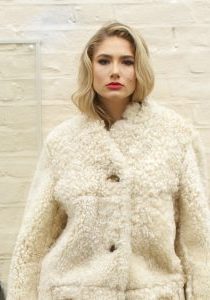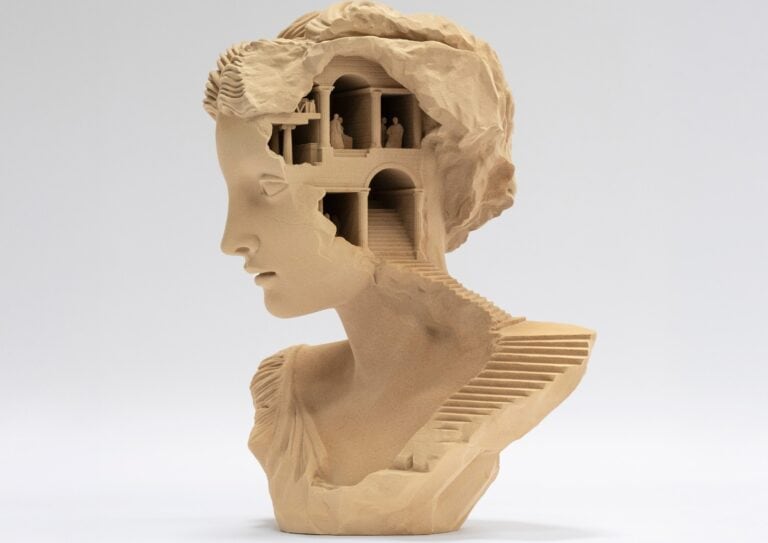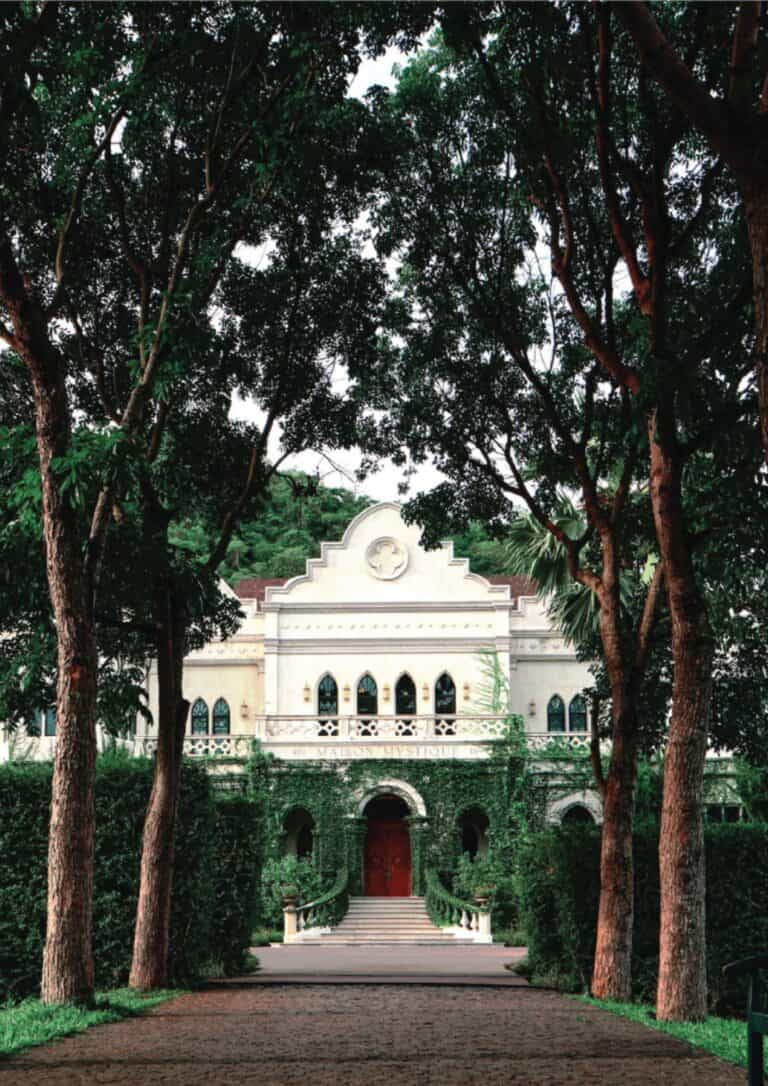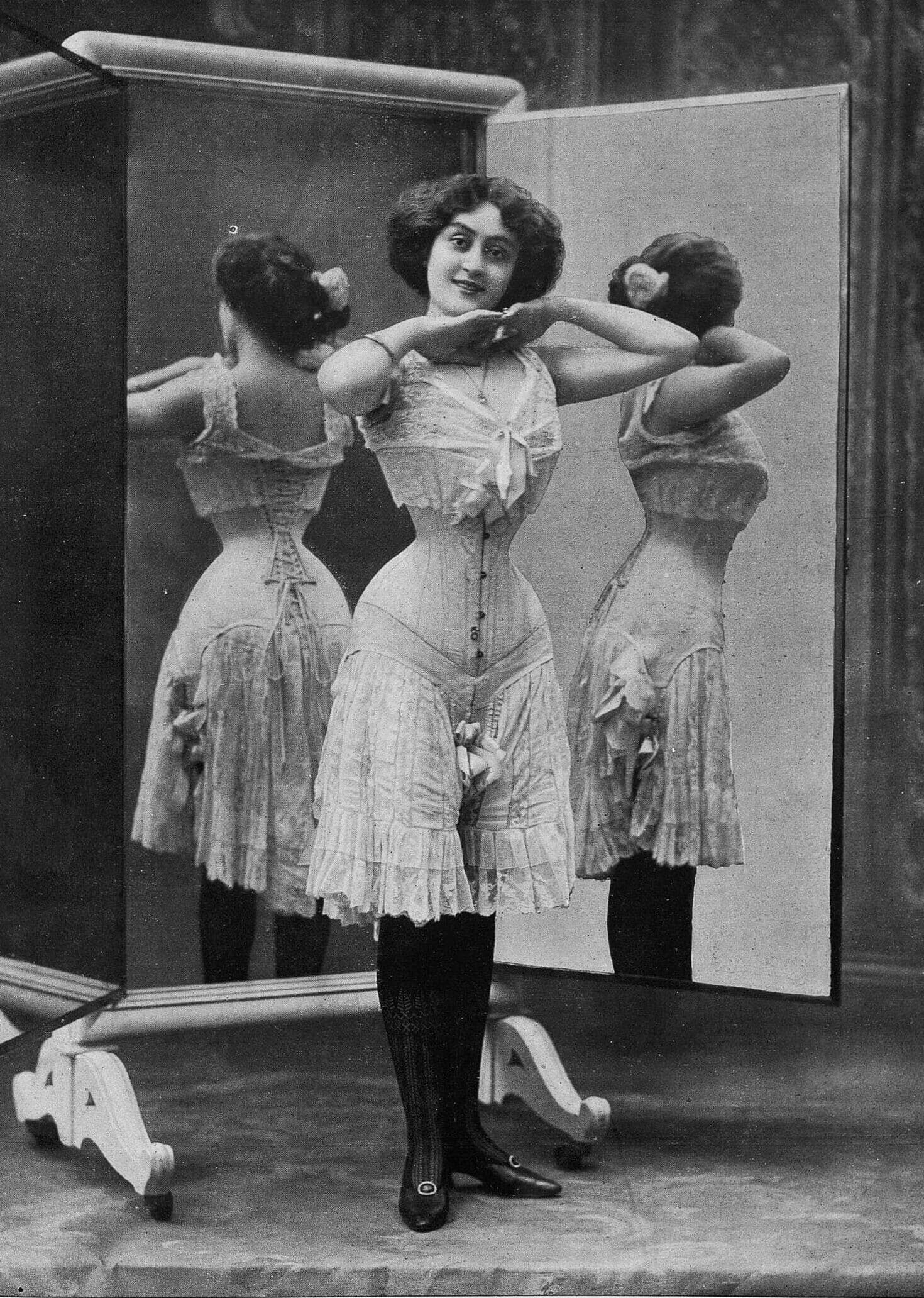
THE CORSET RETURN: A CULTURAL FASHION STATEMENT
Kendra Dresser
From Marie Antoinette’s Versailles to streetwear, the corset is back as a statement of power, artistry, and identity. Once a tool of control, it now stands for freedom, performance, and self-expression.
THE CORSET’S HISTORICAL ROOTS
For centuries, corsets have shaped fashion. From ancient waistbands to royal courts, they carried meaning beyond clothing. Today, their comeback not only honours history but also celebrates creativity and cultural significance.
Origins and Early Uses

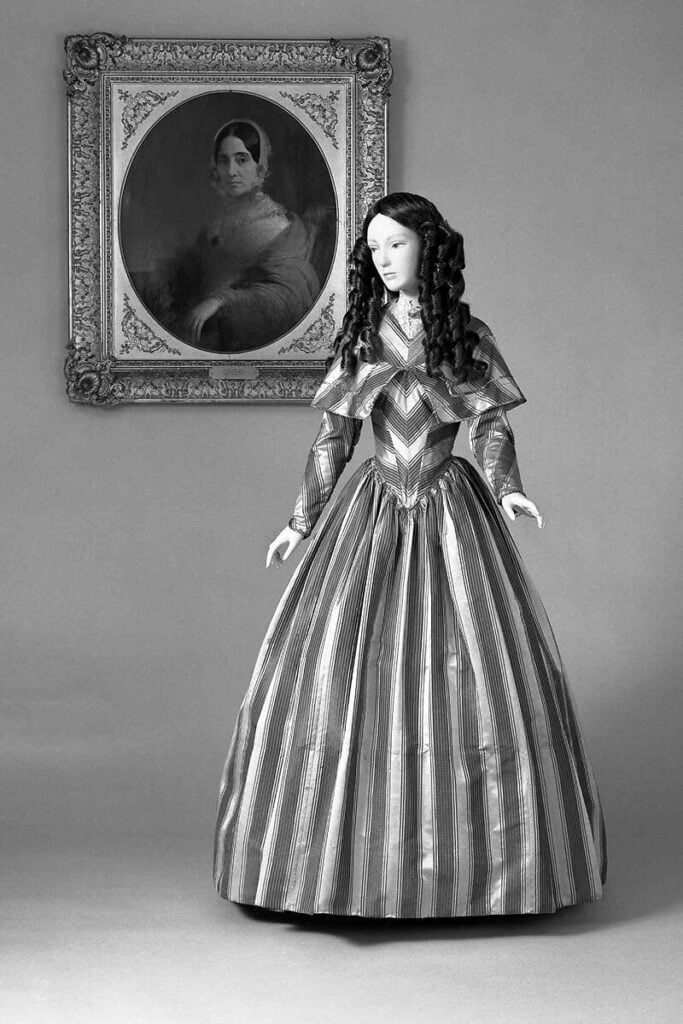
The story begins around 1000 BC in Minoan Crete, where ceremonial corset-like garments appeared in the famous Snake Goddess figurines. Later, ancient Greeks used embroidered linen zones to sculpt waists and assert presence. However, by the Middle Ages, corsets had disappeared. Instead, flowing gowns dominated, signalling social rank through fabric choice rather than silhouette.
Renaissance Innovations
During the 16th century, corsetry returned with force. Catherine de’ Medici reintroduced stiff busks and decorative stomachers to the French court. As a result, corsets no longer just shaped torsos. They redefined posture, presence, and control, reshaping beauty standards across Europe.
MARIE ANTOINETTE: FASHION AS THEATRE
By the late 18th century, stays had become central to court life. At Versailles, Marie Antoinette’s wardrobe combined elegance, spectacle, and quiet rebellion.
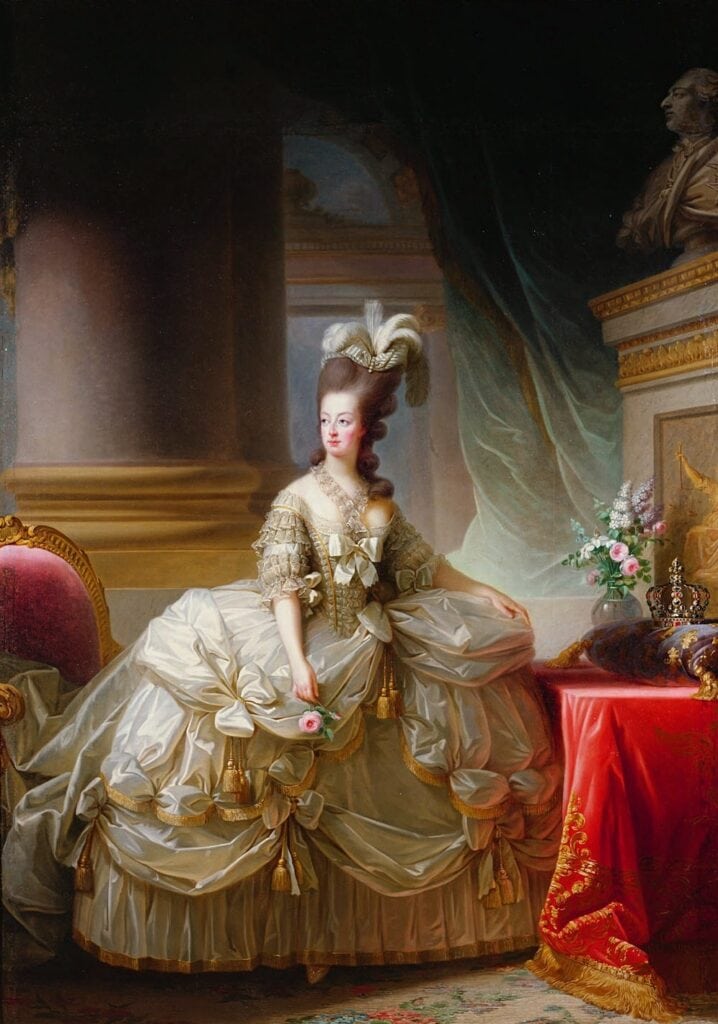
For example, her Robe à la Française, a highlight of the Victoria and Albert Museum’s 2025 exhibition, featured a structured bodice with cascading silk pleats.
VICTORIAN SILHOUETTES
The 19th century perfected the hourglass. Whalebones, metal eyelets, and spoon busks shaped dramatic figures, while sewing innovations made corsets widely accessible. Reform versions by 1900 lightened designs for comfort. The Edwardian S-bend exaggerated posture but soon gave way to girdles, bras, and flapper-era lines.
THE MODERN CORSET COMEBACK
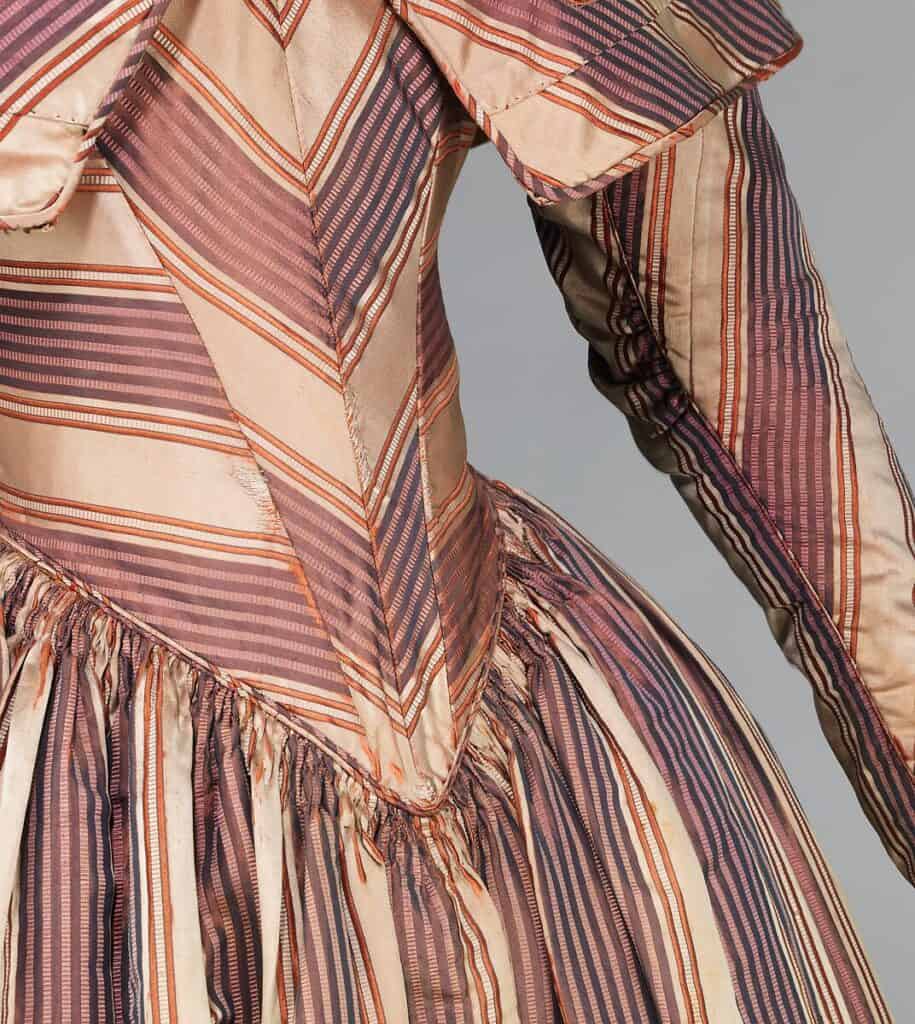
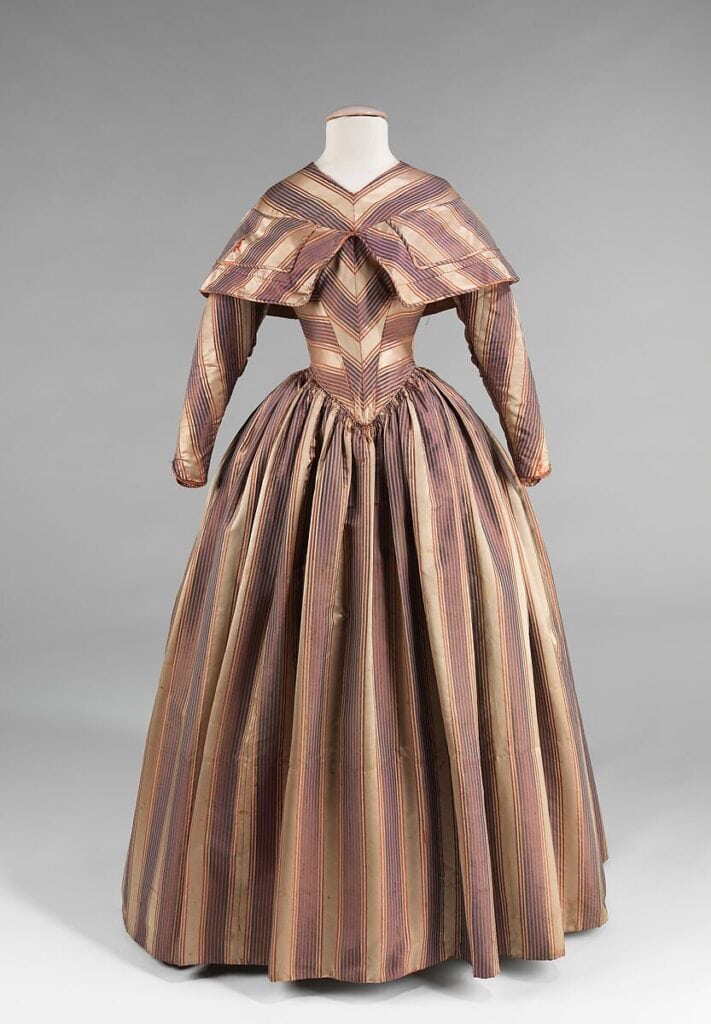
Runway and Streetwear
In the late 20th century, designers like Margiela, Dior, and Versace revived the corset as bold outerwear. Celebrities styled them with denim, skirts, or blouses, mixing past silhouettes with present freedom.
Innovations in Comfort
Since then, corsets have continued to evolve. Today, they favour flexibility and ease rather than rigid control. For instance, plastics, aluminium, Lycra, and mesh now replace heavy whalebones.
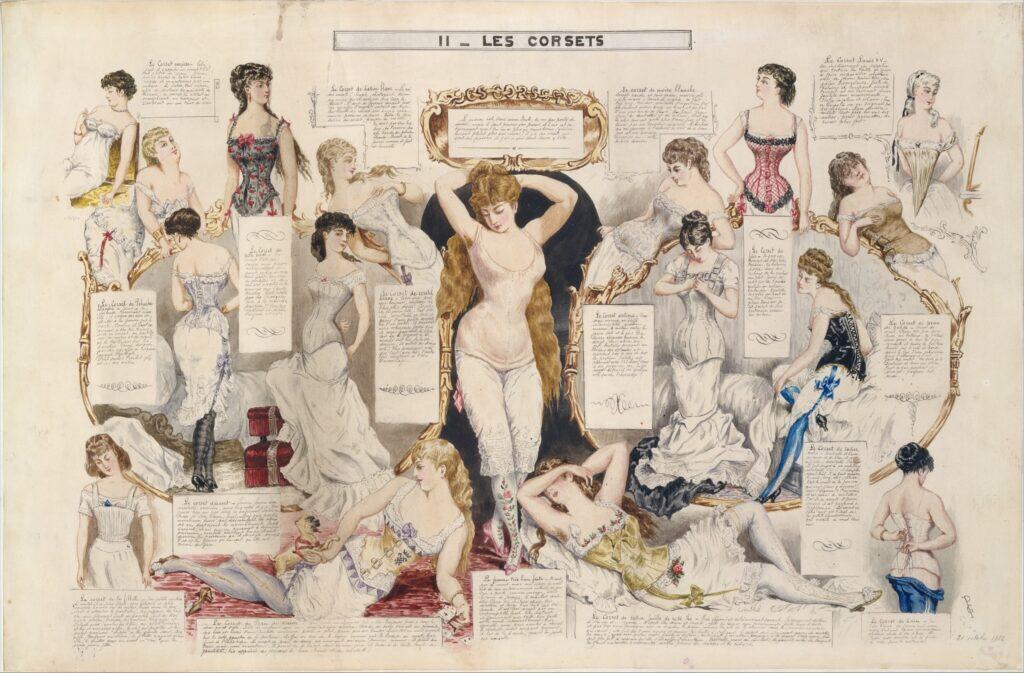
As a result, adjustable lacing and moulded cups allow for shape without restriction, prioritising health and individuality.
Styling Today
The corset now adapts to the wearer. For instance, Layer over a turtleneck for sharp contrast, pair with silk for elegance, or denim for edge. Minimalist or maximalist, classic or rebellious, the corset bends to identity, not rules.
CULTURAL REFLECTION
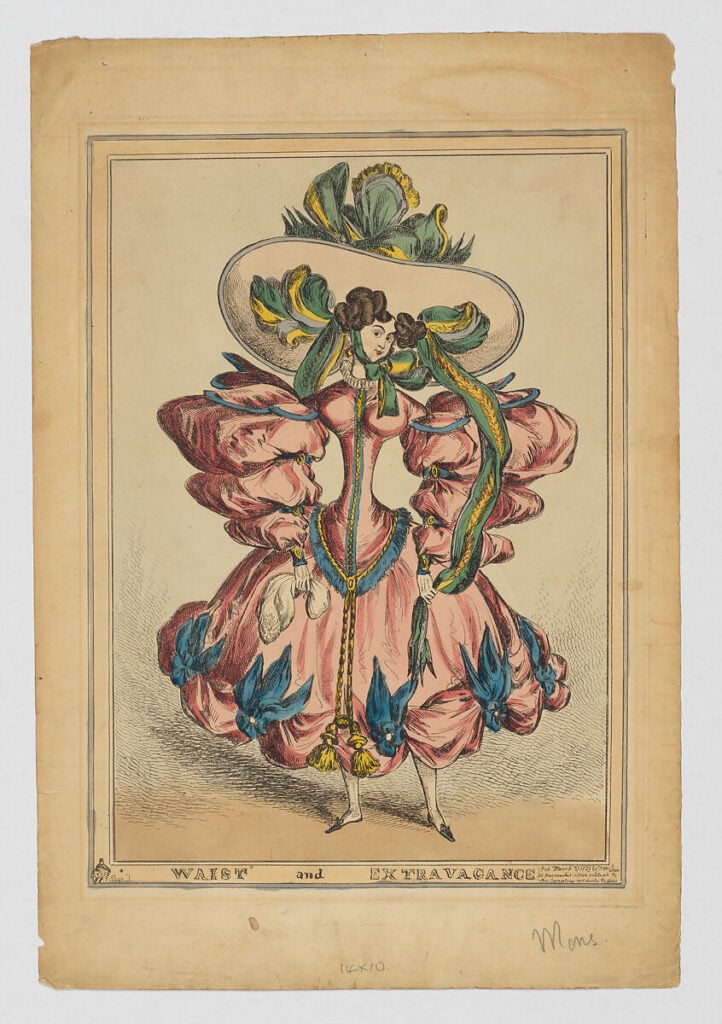
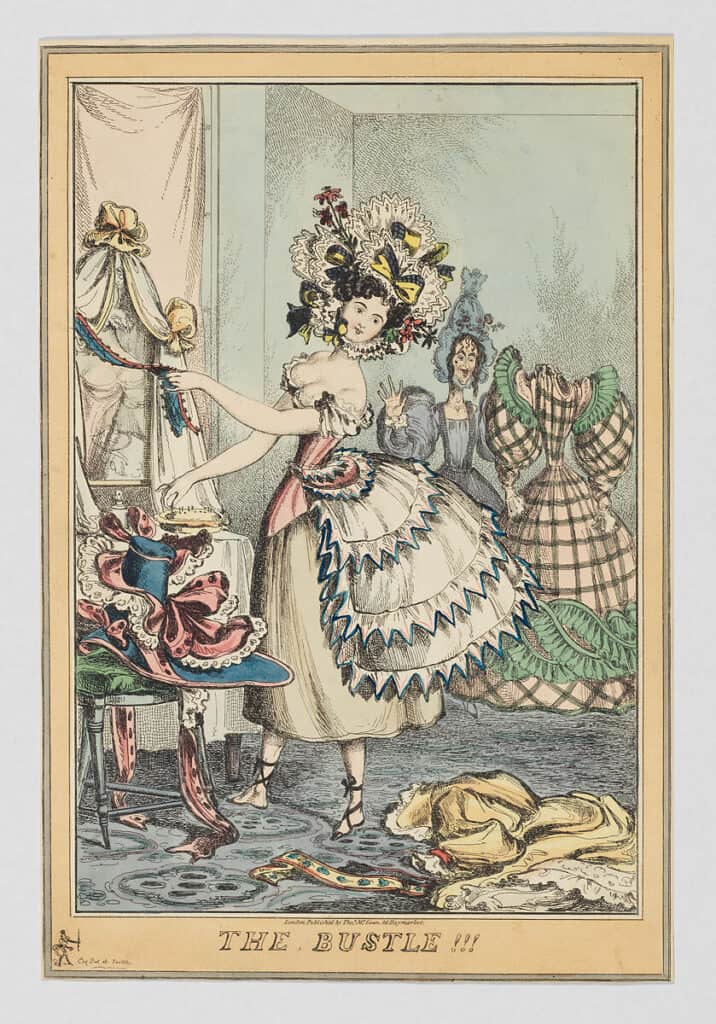
Additionally, the corset has always carried meaning, from ancient Crete to Versailles, from Victorian parlours to today’s runways. However, while once tied to restriction, it now symbolises empowerment. In fact, men, women, and non-binary creatives wear it to express confidence, artistry, and identity.
Ultimately, the V&A’s 2025 Marie Antoinette exhibition reminds us that fashion is never trivial. Indeed, corsets, once instruments of control, now stand as symbols of freedom, story, and craft.
For a deeper look, explore Marie Antoinette’s corsets and royal wardrobe at the Victoria and Albert Museum’s 2025 exhibition.
Discover more about the history of fashion, Marie Antoinette, in the articles below, or explore our homepage.
Share this post
Kendra Dresser is in Communications and Public Relations with a focus on how fashion, media, and culture shape the way we see the world and ourselves.
She’s interested in the connection between image and meaning: how a campaign, an outfit, or a trend can say something deeper about identity, mood, and the cultural moment.
She’s especially drawn to how Generation Z uses fashion and beauty to express individuality, often in bold, layered, and playful ways. She’s also curious about how social media continues to reshape storytelling, changing how we create, share, and connect through visual culture.
To Kendra, fashion is more than just style; it’s a language! One that reflects who we are, how we feel, and what we stand for. She’s committed to sustainability and believes fashion and culture should not only inspire but also respect the planet.
Read Next

